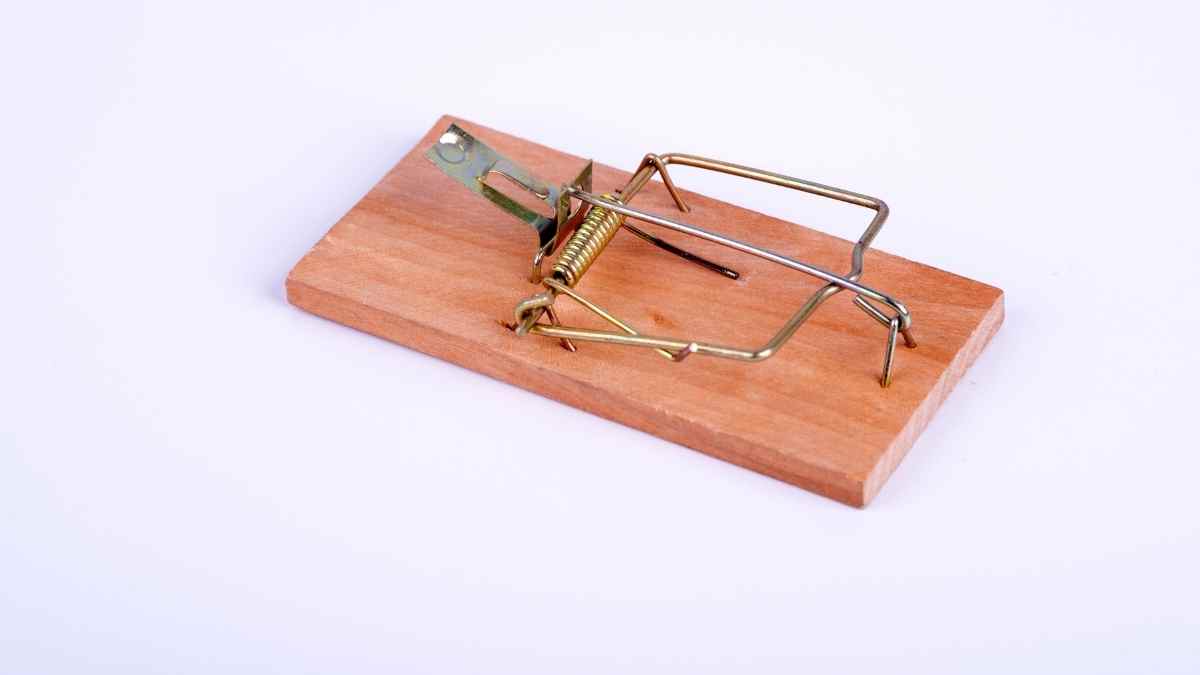Are you tired of seeing mice scurrying around your home?
Setting mouse traps can be an effective way to control rodent populations and keep your home free of unwanted pests. However, with so many different types of traps available, it can be difficult to know which one to use and how to set it up properly.
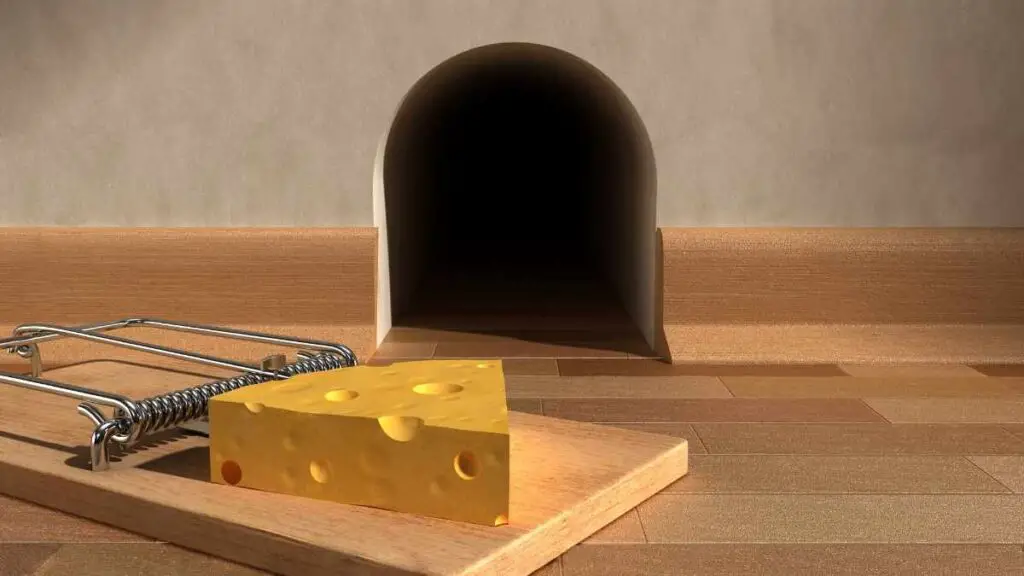
In this guide, we will provide step-by-step instructions and tips for setting different types of mouse traps, ensuring you maximize their potential for catching these elusive creatures. We will cover traditional snap traps, glue traps, and electronic traps, among others. Whether you are a seasoned pro or a first-time trapper, this guide will help you set up your traps with confidence and get rid of those pesky mice once and for all.
Understanding Mouse Behavior
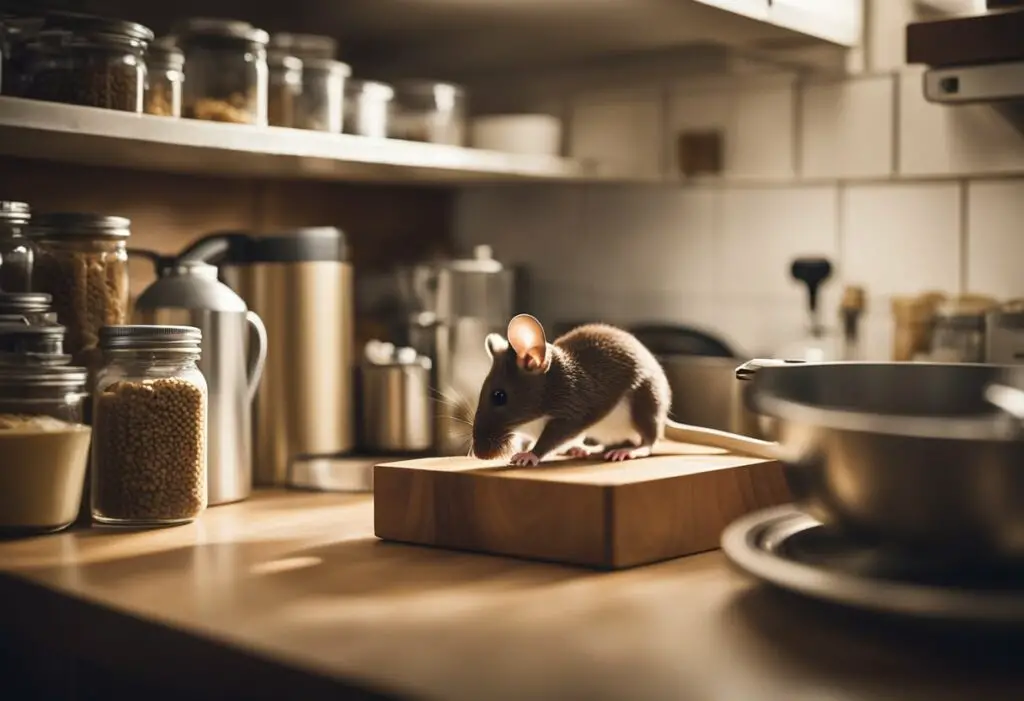
When it comes to setting mouse traps, understanding mouse behavior is crucial. Knowing how mice move, where they hide, and what they like to eat can help you place your traps more effectively and increase your chances of catching them. In this section, we will cover some essential aspects of mouse behavior that you need to know.
Identifying Signs of Mouse Activity
Before you can set your traps, you need to identify where the mice are. The most common signs of mouse activity are droppings, urine, and footprints. Mice tend to leave droppings in areas where they feed or nest. So, if you find droppings in your kitchen or pantry, that’s a sure sign that you have mice. Similarly, if you notice a strong, musty odor, that’s a sign of mouse urine. You may also find footprints along walls, in corners, or near entry points.
Common Mouse Entry Points
Mice can enter your home through tiny cracks and gaps in your walls, foundation, and roof. They can climb up walls, squeeze through gaps as small as a quarter of an inch, and even jump up to a foot high. Some common entry points for mice include:
- Cracks and gaps in your walls and foundation
- Around pipes and utility lines
- Through vents and openings in your roof
- Through gaps around doors and windows
- Through holes in your attic and basement walls
To prevent mice from entering your home, you need to seal off these entry points. Use caulk, foam, or steel wool to fill in any gaps or cracks in your walls and foundation. Install door sweeps and weather stripping around doors and windows. Cover vents and openings with wire mesh. By sealing off these entry points, you can make it harder for mice to enter your home and force them to look for other food and shelter sources.
Understanding mouse behavior is essential when it comes to setting mouse traps. By knowing where the mice are, how they move, and where they like to hide, you can place your traps more effectively and increase your chances of catching them.
Types of Mouse Traps
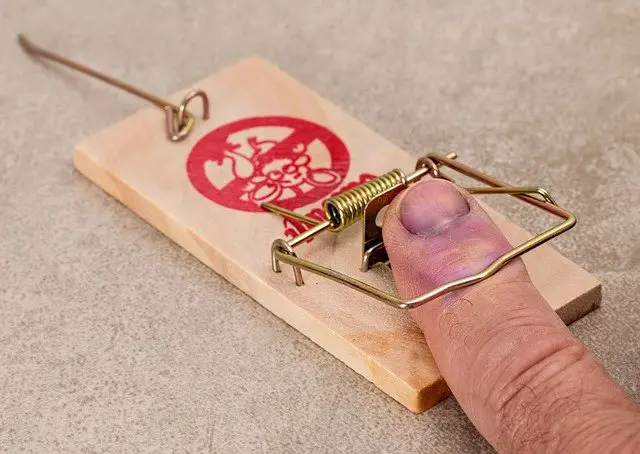
Mouse traps are a popular and effective method of rodent control. There are several types of mouse traps available on the market, each with its own advantages and disadvantages. In this section, we will discuss the most common types of mouse traps and their features.
Snap Traps
Snap traps are the most traditional and widely used mouse traps. They consist of a spring-loaded bar that snaps down on the mouse when triggered. Snap traps are usually made of plastic or wood and are very affordable. They are also easy to set up and dispose of.
To set up a snap trap, you need to place bait on the trigger, which is usually a small metal plate. Peanut butter, cheese, or bacon are popular choices for bait. Once the mouse takes the bait, the trap will snap shut, killing the mouse instantly.
Electronic Traps
Electronic traps are a more modern type of mouse trap. They use a high-voltage shock to kill the mouse quickly and humanely. Electronic traps are battery-powered and can be reused multiple times. They are also safe to use around children and pets.
To use an electronic trap, you need to place bait inside the trap. Once the mouse enters the trap, it will trigger the sensor, which will deliver a high-voltage shock, killing the mouse instantly. Electronic traps are more expensive than snap traps, but they are more efficient and hygienic.
Live Traps
Live traps are a humane alternative to traditional mouse traps. They allow you to catch the mouse without harming it and release it back into the wild. Live traps are usually made of metal or plastic and are easy to set up and use.
To use a live trap, you need to place bait inside the trap. Once the mouse enters the trap, it will trigger the door to close, trapping the mouse inside. You can then release the mouse back into the wild, away from your home.
Glue Boards/Sticky Traps
Glue boards or sticky traps are another type of mouse trap. They consist of a sticky surface that traps the mouse when it walks over it. Glue boards are easy to use and dispose of, but they are not very humane.
To use a glue board, you need to place it in an area where mice are active. Once the mouse steps on the glue board, it will become stuck, and you can dispose of the board with the mouse still attached. Glue boards are not recommended if you want to catch and release the mouse.
In conclusion, there are several types of mouse traps available, each with its own advantages and disadvantages. When choosing a mouse trap, you should consider your needs, budget, and level of rodent infestation. By choosing the right mouse trap, you can effectively control the mouse population in your home.
Setting Up Your Mouse Traps
Setting up mouse traps is a simple and effective way to get rid of pesky rodents in your home. Here are some tips to ensure your traps are set up correctly and safely.
Choosing the Right Bait
When it comes to choosing bait for your mouse trap, there are plenty of options. Some popular choices include nut butter, cheese, and bacon. However, it’s important to keep in mind that mice are attracted to food with a strong odor, so choose a bait that has a strong smell.
Trap Placement and Positioning
The placement and positioning of your mouse traps is crucial for catching mice. Place your traps along walls and in corners where mice are likely to travel. Be sure to position the trap so that the mouse is forced to walk over the trigger to get to the bait.
Safety Precautions
It’s important to take safety precautions when setting up your mouse traps. Wear gloves to avoid contact with any potential diseases carried by the mice. Keep traps out of reach of children and pets to prevent accidental injury. Also, be sure to position traps in safe locations where they won’t be accidentally tripped by people or pets.
In summary, setting up mouse traps involves choosing the right bait, positioning the traps in the right location, and taking safety precautions to avoid any potential hazards. With these tips in mind, you can effectively get rid of mice in your home.
Monitoring and Maintenance

Check the Trap Regularly
Once you have set your mouse traps, it is important to check them regularly to see if you have caught any mice. You don’t want a dead mouse sitting in a trap for too long, so make sure to check them at least once a day. If you have caught a mouse, dispose of it promptly and reset the trap with fresh bait.
Cleaning and Disposal
Traps should be cleaned and disinfected after each use to maintain their effectiveness and reduce the risk of disease. Use disposable gloves when handling the trap to avoid any unnecessary handling or risks. With gloves on, pick up both the mouse and the trap together and place them inside a sealed plastic bag to reduce potential contamination.
To clean the trap, use hot, soapy water and a disinfectant. Make sure to rinse the trap thoroughly and allow it to dry completely before reusing it. If the trap is damaged or no longer functioning properly, dispose of it properly and replace it with a new one.
By regularly checking and maintaining your mouse traps, you increase your chances of success in catching mice and keeping your home or business rodent-free.
Preventing Future Infestations
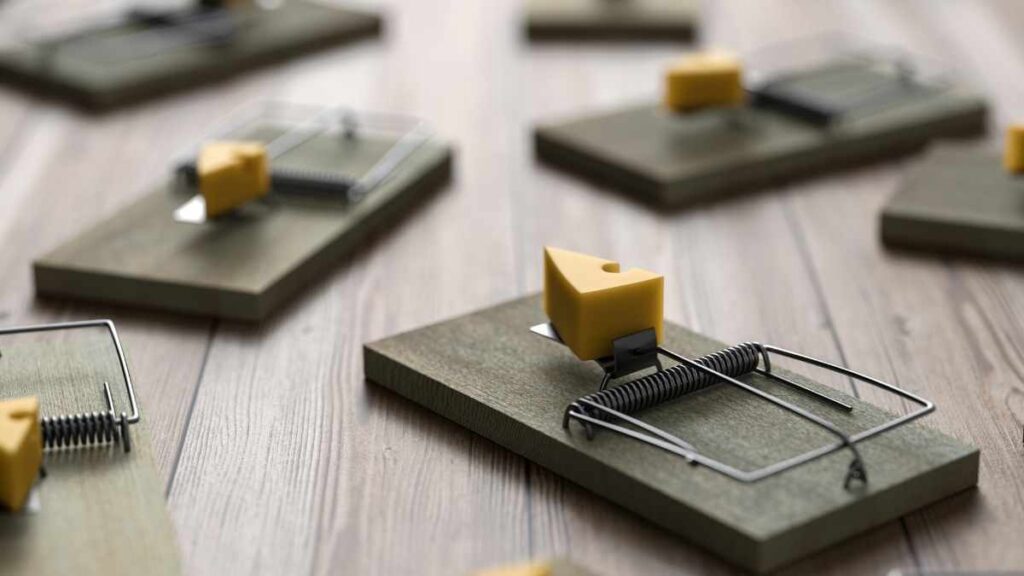
Once you have successfully captured the mice in your home, it is important to take measures to prevent future infestations. Here are some tips to help you keep those pesky rodents out of your house for good.
Sealing Entry Points
Mice can squeeze through even the tiniest of holes, so it is important to seal all possible entry points. Check for gaps around doors and windows, as well as any holes in your walls or floors. Use steel wool or caulk to seal these openings, as mice cannot chew through these materials.
Maintaining a Clean Environment
Mice are attracted to food sources and nesting materials, so it is important to keep your home clean and tidy. Store food in airtight containers, and clean up any spills or crumbs immediately. Keep your garbage cans tightly sealed, and dispose of any food scraps in a timely manner.
In addition to cleaning up food sources, it is important to eliminate any nesting materials that mice may be attracted to. This includes piles of paper, cardboard boxes, and other clutter. Keep your home tidy and clutter-free to discourage mice from making themselves at home.
While there are many products on the market that claim to repel mice, such as ultrasonic sound repellents and other types of repellents, their effectiveness is often questionable. The best way to prevent future infestations is to rodent-proof your home by sealing entry points and maintaining a clean environment.
Understanding the Risks
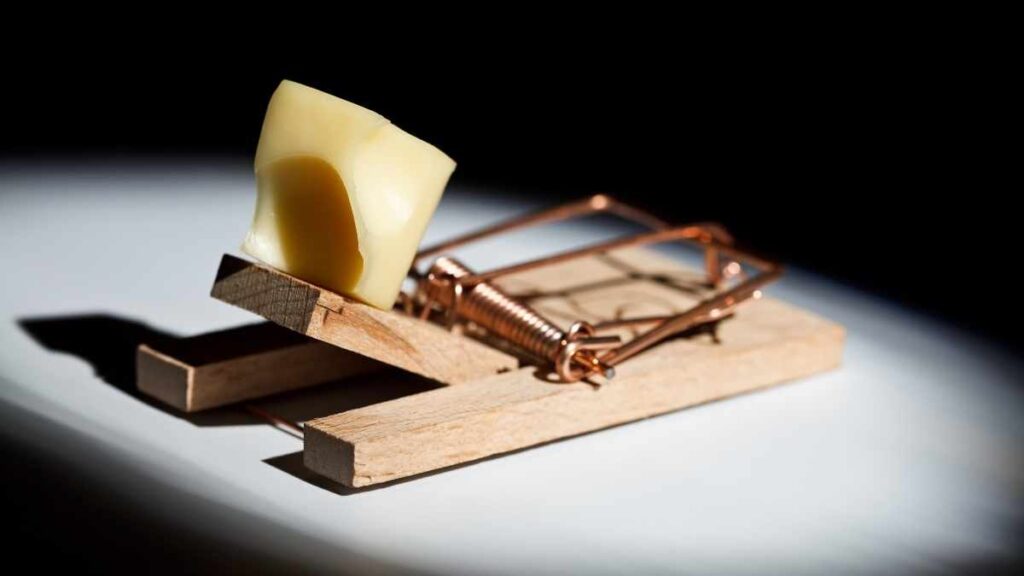
When it comes to dealing with rodents, it’s important to understand the risks involved. Mice and rats can carry diseases and germs that can be harmful to your health. Moreover, they can cause significant property damage if left unchecked. In this section, we’ll discuss some of the risks associated with mice and rats so you can take the necessary precautions when setting mouse traps.
Health Concerns
Mice and rats can carry a range of diseases that can be transmitted to humans. Some of the most common diseases include hantavirus, salmonella, and leptospirosis. These diseases can cause symptoms such as fever, chills, and muscle aches, and in severe cases, they can be life-threatening.
To avoid the risk of infection, it’s important to wear gloves when handling mouse traps. You should also wash your hands thoroughly after handling traps or any other materials that have come into contact with mice or rat droppings.
Property Damage
Mice and rats can cause significant damage to your property. They can chew through wires, insulation, and other materials, which can lead to electrical fires or water damage. They can also contaminate food and other household items with their droppings and urine.
To prevent property damage, it’s important to take steps to control rodent infestations as soon as possible. This can include setting mouse traps, sealing up entry points, and removing sources of food and water.
In summary, mice and rats can pose a range of health and property risks. By taking the necessary precautions and setting mouse traps, you can help protect your home and family from these pests.

